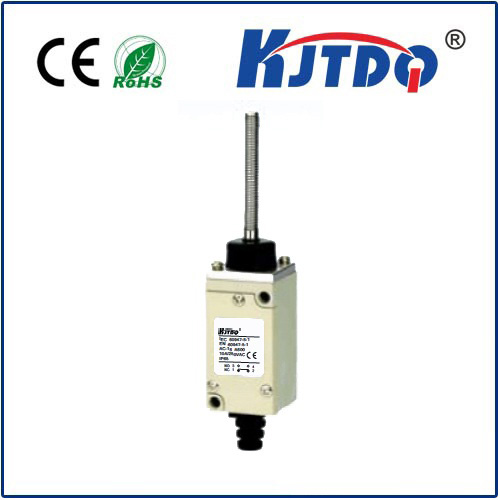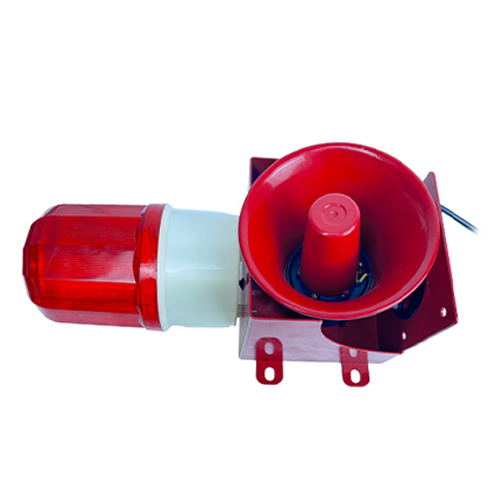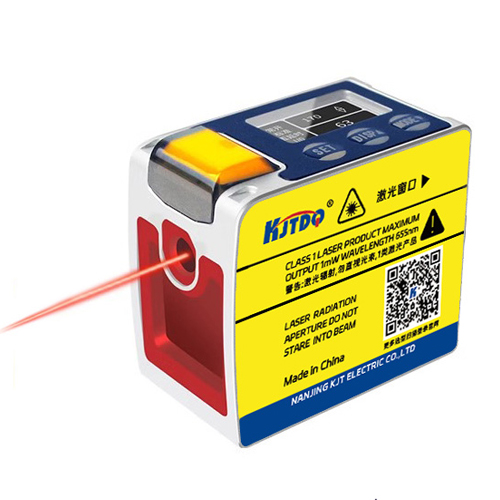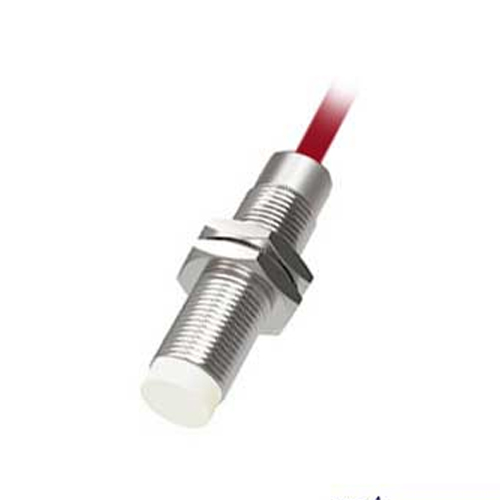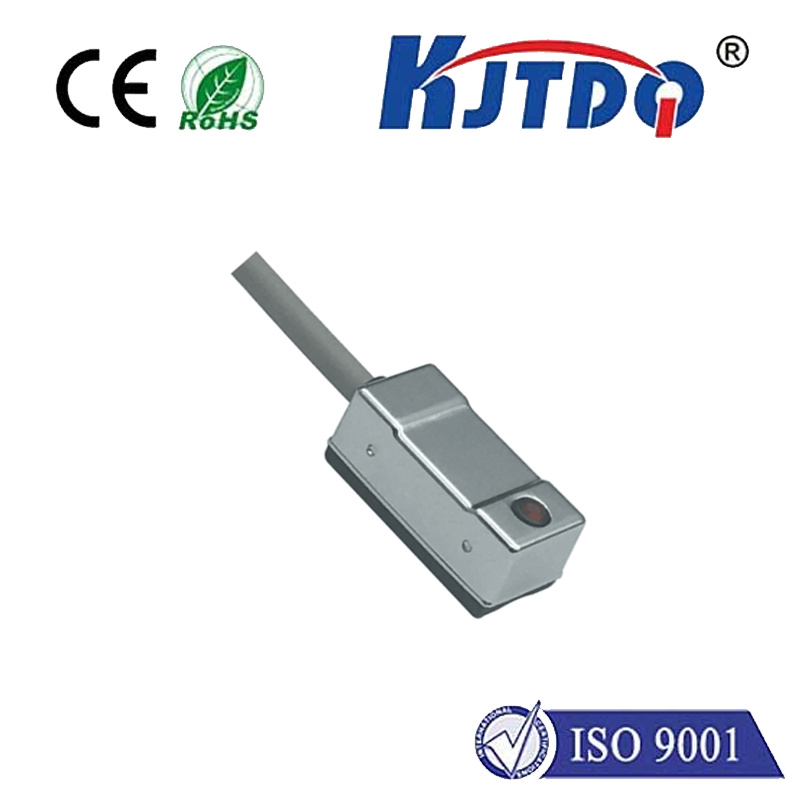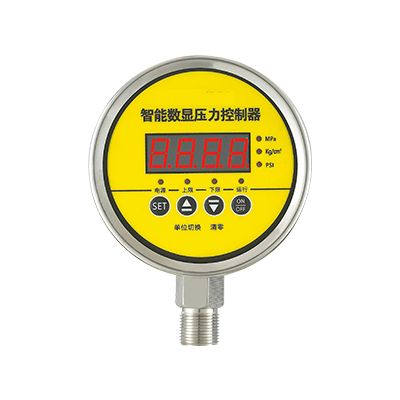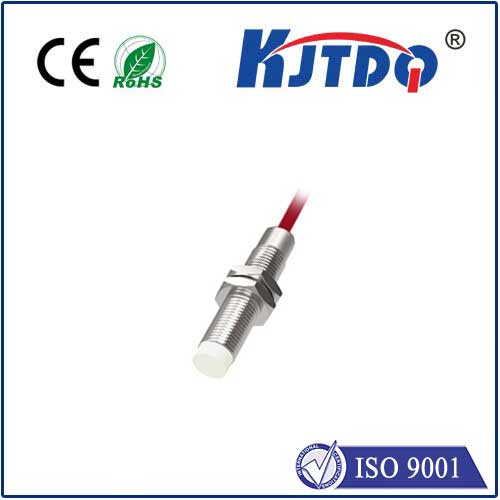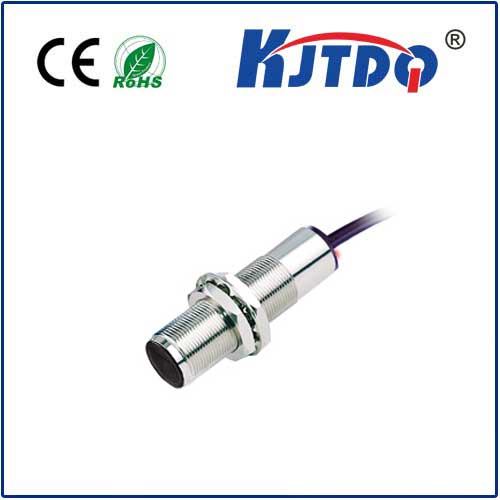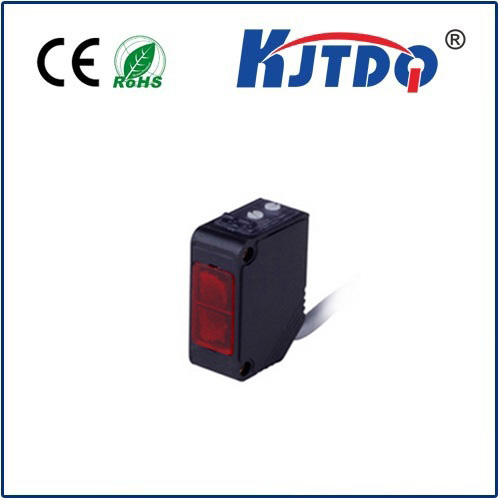u type proximity sensor
- time:2025-09-08 00:35:16
- Нажмите:0
U-Type Proximity Sensors: Precision Object Detection Without Physical Contact
Imagine a high-speed packaging line bottling thousands of beverages every hour. A crucial component drops into place milliseconds before a cap is applied. How does the machinery reliably detect its presence and trigger the next step, consistently, accurately, and without ever touching the part? The answer often lies in the silent efficiency of U-Type Proximity Sensors, also known as slot sensors or fork sensors. These devices are the unsung heroes of automated object detection, providing a critical layer of precision and reliability across diverse industries.
Unlike traditional sensors that detect objects approaching one face, U-type sensors operate on a unique principle. They consist of a sentinel-like structure: a U-shaped housing with an emitter (light source, usually infrared LED) on one leg and a receiver (phototransistor or photodiode) on the opposite leg, facing each other directly across a defined gap or “slot”. When an opaque object passes through this slot, it interrupts the light beam traveling from the emitter to the receiver. This interruption is the detection event, signaling the sensor to change its output state. Crucially, this happens without any physical contact with the object itself, making it ideal for delicate, fast-moving, or dirty environments.
This distinct “through-beam” principle offers significant advantages over other sensing technologies:

- High Reliability & Precision: Detection depends solely on beam interruption, making it exceptionally reliable for objects within the slot. Factors like object color, surface texture, or material (as long as opaque) have minimal impact, ensuring consistent performance. The detection point is precisely defined by the slot width.
- Fast Response Times: The light beam interruption happens almost instantaneously, enabling detection of very rapidly moving objects – essential for high-speed manufacturing and sorting applications.
- Simplified Installation & Alignment: Unlike separate emitter-receiver pairs requiring precise individual mounting and alignment, the U-shaped design integrates both components. This built-in alignment drastically simplifies installation and reduces setup time, guaranteeing the emitter and receiver are perfectly opposed.
- Compact & Robust Design: Designed for industrial environments, U-type sensors feature rugged housings resistant to vibration, dust, and minor impacts. Their compact form factor allows installation in tight spaces.
- Многогранность: Available in various slot sizes (from millimeters to tens of centimeters), voltages (10-30V DC being common), and output types (NPN, PNP, NO, NC), these sensors adapt to countless scenarios. They excel at detecting small parts (like electronic components or pills), verifying presence/absence (like caps on bottles), counting objects on conveyor belts, and controlling automated gates or doors.
How Do They Compare? Understanding the alternatives highlights the U-Type’s strengths. Diffuse reflective sensors emit light and detect the reflection off an object. While simpler with only one unit to mount, their performance is heavily influenced by object color, surface finish, and distance, often leading to unreliable detection on dark or shiny surfaces. Retro-reflective sensors bounce light off a reflector, detecting interruption, but require a clean reflector surface – problematic in dusty settings. Separate emitter-receiver through-beam sensors offer the highest sensing ranges but demand meticulous, time-consuming alignment that vibrations can disrupt. The U-Type strikes an optimal balance: offering the inherent reliability of through-beam sensing with the installation ease of a single, pre-aligned unit.
Key Considerations for Selection & Use:
Choosing the right U-type sensor ensures peak performance:
- Slot Width: Must be wider than the maximum dimension of the object passing through it, yet minimize the “window” for unwanted detection of other objects. Consider the object’s path stability.
- Sensing Object Characteristics: While tolerant of various surfaces, ensure objects are sufficiently opaque to reliably block the emitted light. Very thin or translucent materials might not trigger detection. For metallic objects, be aware that highly reflective surfaces can sometimes cause erroneous signals if light reflects around the object; specific models or careful positioning mitigate this.
- Environment: Standard sensors handle moderate industrial conditions. However, for environments with heavy dust, mist, oils, or splashing liquids, opt for sealed models (e.g., IP67/IP69K rated) to prevent contamination blocking the beam within the slot. Extreme temperatures also require specialized versions.
- Electrical Requirements: Match the sensor’s supply voltage and output type (NPN/PNP sinking/sourcing, Normally Open/Closed) to your control system (PLC, relay, etc.).
- Mounting & Stability: Secure mounting is essential to prevent misalignment caused by vibration or accidental bumps. Ensure the object’s path consistently passes through the center of the slot for optimal detection.
The true power of U-type proximity sensors is evident in their widespread deployment:
- Packaging Machinery: Detecting product presence before filling, sealing, capping, or labeling; verifying carton flaps are closed.
- Automotive Assembly: Confirming component insertion (e.g., pistons, valves, clips), checking part orientation, counting fasteners.
- Printing & Paper Handling: Detecting paper jams, verifying sheet feed, counting sheets or signatures.
- Material Handling & Conveyors: Object counting, sorting gate activation, presence verification at transfer points.
- Pharmaceutical Production: Counting pills, detecting vials or ampoules, verifying blister pack contents.
- Security Systems: Monitoring access gates, detecting unauthorized entry through slots or windows. Their immunity to environmental factors and precise detection makes them indispensable.
For engineers and automation professionals seeking a robust, reliable, and straightforward solution for non-contact object detection within a defined area, U-type proximity sensors offer a compelling answer. Their integrated design eliminates tedious alignment, their through-beam principle ensures dependable performance across diverse objects, and their rugged build withstands demanding factory conditions. From ensuring a bottle gets its cap to guaranteeing a critical engine part is present on the assembly line, the U-type sensor delivers precision where it counts.







